Marijuana Legalization Can Lead to Harm Among Young Adults
The fact that more young adults are using marijuana after states legalize it and the fact that marijuana is quite harmful to people in their late teens and early 20s combine to create a real problem connected to legalization. This problem is neither being dealt with sufficiently nor given enough public attention.
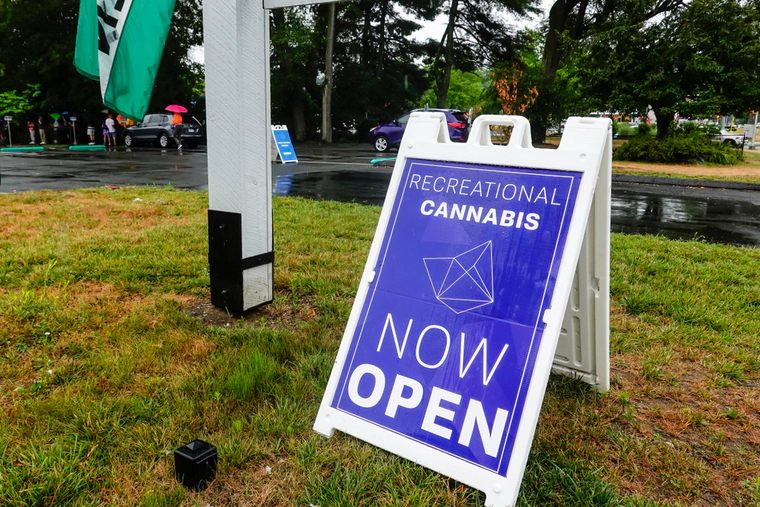
Photo by Alexanderstock23/Shutterstock.com
When considering the marijuana legalization issue, residents of states across the nation should consider these key points:
1). When marijuana is legalized in a state, young people in that state tend to use the drug more.
2). Marijuana usage has harmful, potentially permanent deleterious effects on young people.
Marijuana Usage Among Young People Following Legalization
At the time of this writing, the recreational use of cannabis has been legalized in 23 U.S. states, three territories, and the District of Columbia. Beginning with Colorado and Washington’s legalization of the drug in 2012 and coming up to the present with Minnesota’s most recent legalization of the drug in 2023, enough time has passed for scientists to examine shifts in usage trends following legalization.1
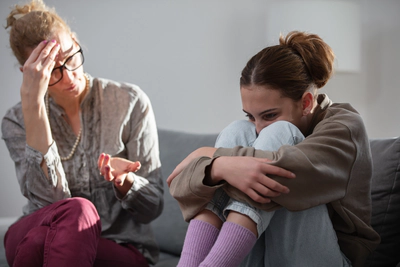
According to several studies, when cannabis legalization bills are passed and the drug becomes legal for purchase at licensed outlets, usage rates among young people increase. One study based in Los Angeles found a direct relationship between marijuana retailer density and young adult usage rates. The more marijuana outlets in an urban area, the more young people reported drug use.2
The authors of that report warned that because young people use cannabis at greater rates in states where it is legal than in states where it is illegal, state governments must regulate the density of cannabis retailers, much like alcohol retailers are regulated. “Efforts to regulate unlicensed retailers and reduce the density of marijuana retailers may be important factors to be considered when developing strategies to mitigate potential public health harms from expanded legal access to marijuana,” says Eric Pedersen, lead author of the study and an adjunct researcher at RAND. “Unlicensed retailers are illegal and do not abide by licensing requirements that prohibit the sale of products from unlicensed producers or limiting the amount of marijuana that can be purchased by an adult each day.” The point Pedersen is raising is important and deserves attention, but it is just one of many concerns associated with cannabis legalization and the effect it may have on young people.3
Another study examined marijuana usage and addiction rates from 2008 to 2016, providing policymakers and concerned citizens with a clear view of marijuana usage when no state had legalized (2008) and then once several states had legalized (by 2016). According to that study, the proportion of respondents aged 12 to 17 years reporting marijuana addiction increased from 2.18% to 2.72% between 2008 and 2016, while the proportion of respondents 26 years or older reporting frequent marijuana use increased from 2.13% to 2.62%, and those with addiction, from 0.90% to 1.23%.4
A group of researchers at NYU School of Medicine reached a similar conclusion. They found that overall usage rates increased in states that legalized, and rates of problematic usage and addiction also increased. According to that study:5
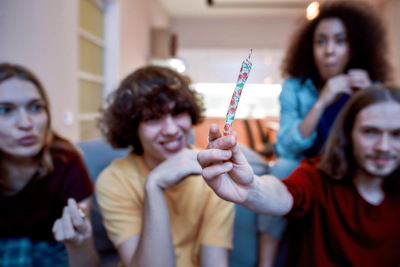
The rate of problematic marijuana usage among adolescents was 25% higher in states that legalized than in states where recreational use was still illegal.
Among adults 26 and older, rates of overall marijuana use were 26% higher in states where recreational use had become legal, compared to states where it was still illegal.
Among adults 26 and older, rates of problematic marijuana use were 23% higher in states where recreational use had become legal compared to states where it was still illegal.
While the study authors recognized the bitter reality of cannabis criminalization on the lives of many Americans who spend years in jail for simply possessing marijuana, the authors also recognized a need for public health officials and state-level policymakers to contend with legitimate risk factors surrounding legalization. Magdalena Cerdá, DrPH, Associate Professor and Director of the Center for Opioid Epidemiology and Policy in the Department of Population Health at NYU Langone Health, spoke to this point, saying, “Our findings suggest that as more states move toward legalizing marijuana for recreational use, we also need to think about investing in substance use prevention and treatment to prevent unintended harms – particularly among adolescents.”
A study published in the journal Pediatrics found a vicious cycle connecting increasing marijuana legalization with a decline in the perceived harmfulness of the drug, both factors of which have led to more young people using marijuana when the states they live in legalize it. That study also highlighted the unique risk factors young people face when they use the drug, like several adverse mental health outcomes, increased incidence of addiction, comorbid substance use, suicidality, psychosis, and negative impacts on cognition and reduced academic performance.6
Marijuana has Harmful Effects and Should be Treated as Such
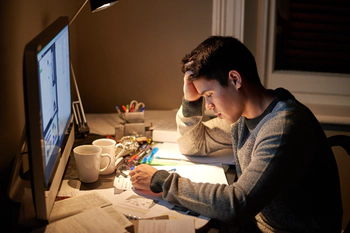
The harmful effects of using marijuana are well known, and the drug’s particular effects on young people are also not a mystery. According to the National Institute on Drug Abuse, 35.4% of young adults aged 18 to 25 (11.8 million people) reported using marijuana in the past year.7
When people begin using marijuana at a young age, the drug can affect brain development, hampering cognition and reducing IQ. Marijuana contains more than 500 chemicals, and while the drug can negatively affect all users, it seems the effects are more pronounced when people use the substance before their brains complete their development (usually around age 25). Other negative effects young people may experience when using marijuana include:8
-
Difficulty thinking and problem-solving
-
Challenges with learning new skills, either in school or work
-
Problems with memory retention, both short-term and long-term
-
Reduced coordination, hampered motor function, and longer reaction time
-
Problems in one’s school groups, social life, work environment, or family life
-
Difficulty maintaining attention or focusing, often leading to poor performance in school or work
Young people who use cannabis are also significantly more likely to experience serious adverse mental phenomena like depression, anxiety, psychosis, hallucinations, and paranoia. The associations between marijuana and serious mental health issues like schizophrenia are much stronger in people who start using marijuana at an earlier age and who use marijuana more frequently.
Helping Young People Who Use Marijuana and Can’t Stop
The adverse effects of marijuana use on young people should be broadly publicized and taken seriously by residents in states that are considering legalizing the drug. From a public health perspective, policymakers and health officials must draft preventive measures in states where marijuana is legal to curb the rising rates of teen and young adult marijuana use.
Individual family members must check in with their younger loved ones on a regular basis. If someone they know is using marijuana and cannot stop using it alone, the family must come together and get that individual help as soon as possible.
Sources Cited:
-
Reuters. “Factbox: U.S. States Where Recreational Marijuana is Legal.” Reuters, 2023. reuters.com ↩︎
-
AJA. “Examining Associations Between Licensed and Unlicensed Outlet Density and Cannabis Outcomes From Preopening to Postopening of Recreational Cannabis Outlets.” American Journal on Addictions, 2020. onlinelibrary.wiley.com ↩︎
-
Rand. “Density of Marijuana Outlets Associated with More and Higher Use Among Young Adults.” Rand Corporation, 2021. rand.org ↩︎
-
JAMA. “Association Between Recreational Marijuana Legalization in the United States and Changes in Marijuana Use and Cannabis Use Disorder From 2008 to 2016.” Journal of the American Medical Association, 2020. jamanetwork.com ↩︎
-
ScienceDaily. “In States Where Recreational Marijuana is Legal, Problematic Use Increased Among Adults and Teens.” Science Daily, 2019. sciencedaily.com ↩︎
-
Pediatrics. “Marijuana Legalization and Youth.” Pediatrics, 2020. publications.aap.org ↩︎
-
NIDA. “Cannabis (Marijuana) DrugFacts.” National Institute on Drug Abuse, 2019. nida.nih.gov ↩︎
-
CDC. “What You Need To Know About Marijuana Use and Teens.” Centers for Disease Control and Prevention, 2021. cdc.gov ↩︎




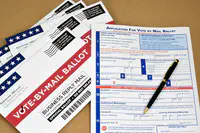


 ®
®